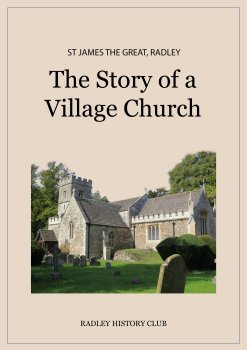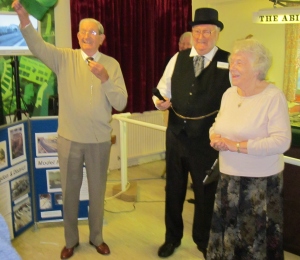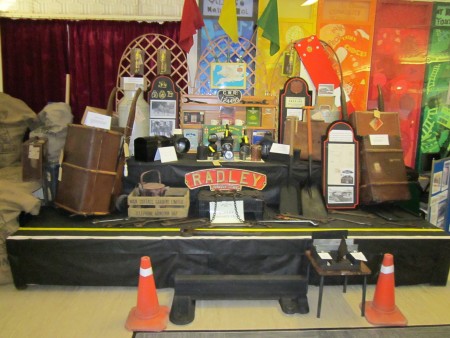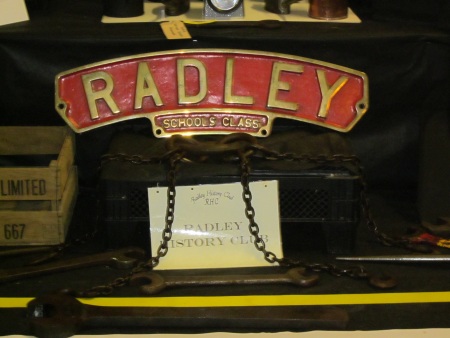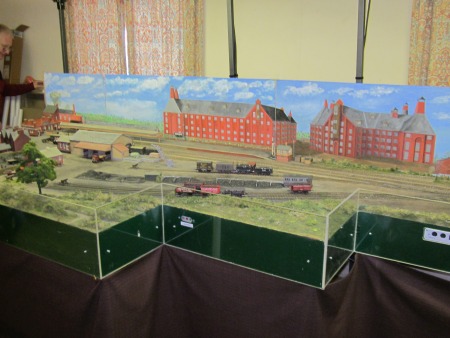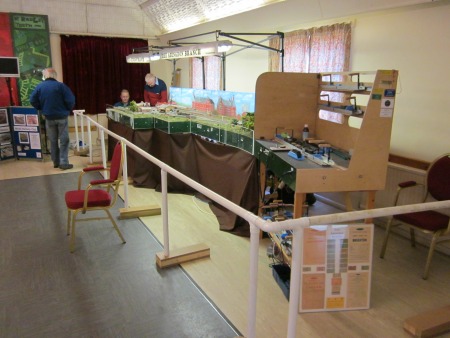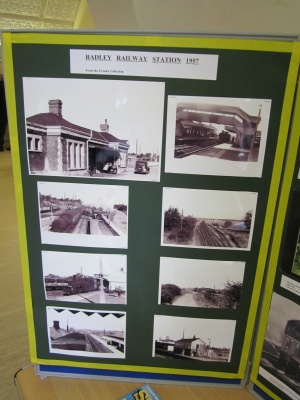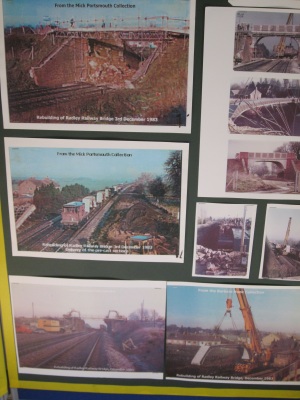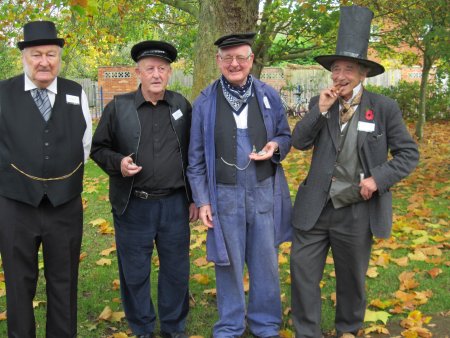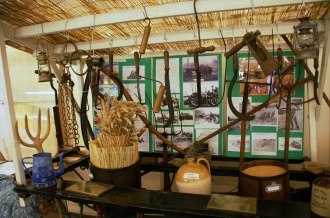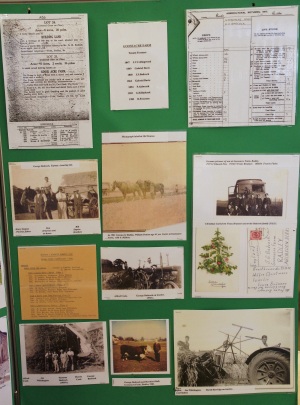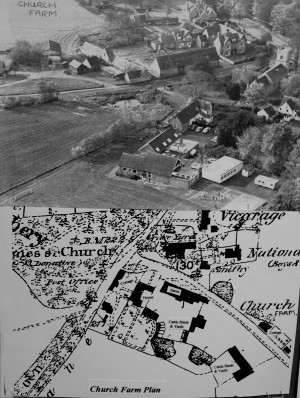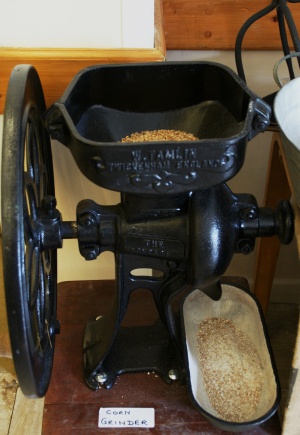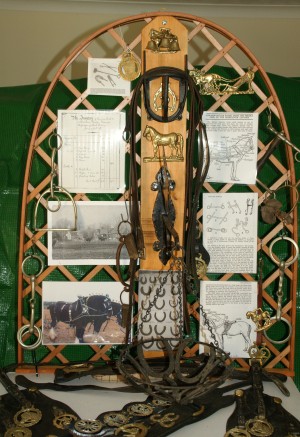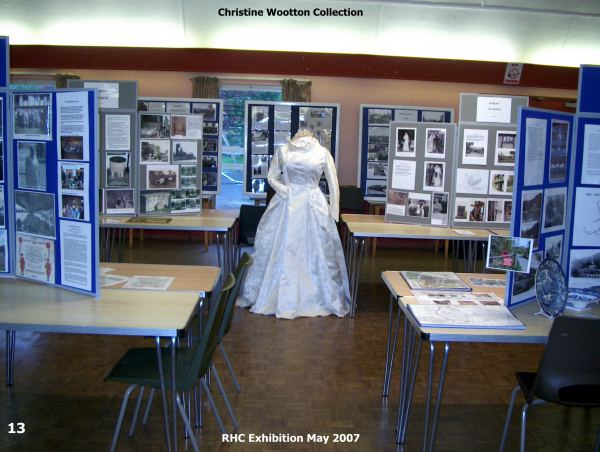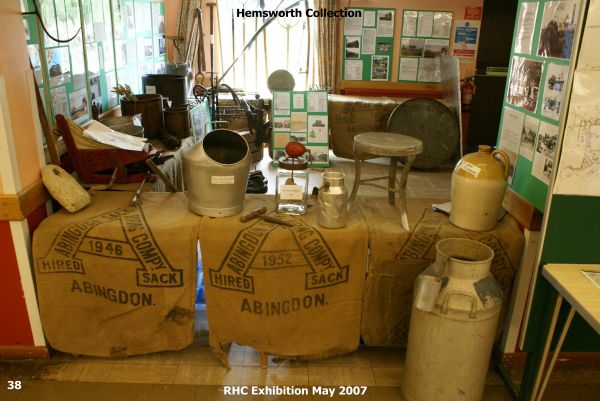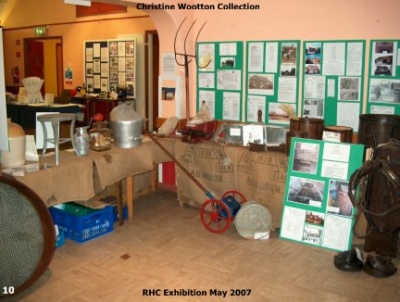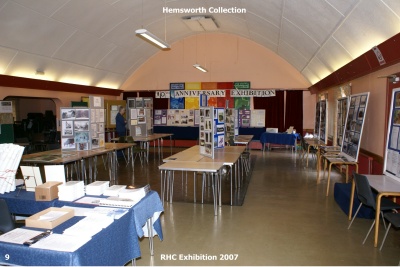When: Saturday 1 October: 10.30 am to 5 pm and Sunday 2 October: 1.30 pm to 5 pm
Where: Radley Church, Church Road, Radley
About the book: The Story of a Village Church: St James the Great, Radley
Price: £12 plus P&P – available to buy online or at Radley Village Shop
Carefully researched and recorded by various members of Radley History Club, the book tells us about the building itself, the church history which influenced it, and the people who were involved in it, right up to the present day.
Some 150 people visited the exhibition at Radley Parish Church over the two days/ The pews and chairs were cleared away to the sides of the church to create a welcoming space containing a series of displays based on various aspects of the Church and its history. Refreshments were kindly provided in the adjourning Church Room by Radley Women’s Institute.
‘Fascinating’, ‘excellent’, ‘informative’ and ‘very interesting’ are words that crop up time and time again in the comments in the visitors’ book at the exhibition.
Wonderful exhibition – so much we didn’t know. Thank you History Club.
What a fantastic display and I found out something I didn’t know about my grandfather.
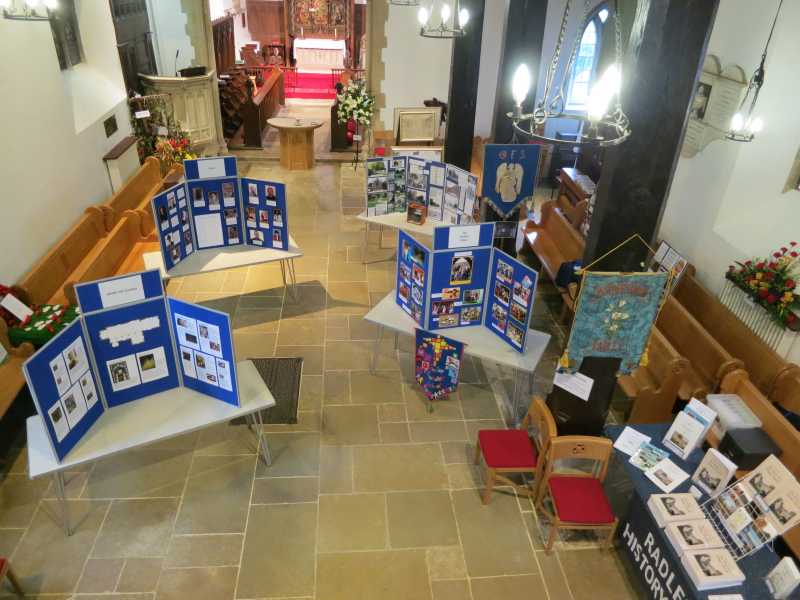
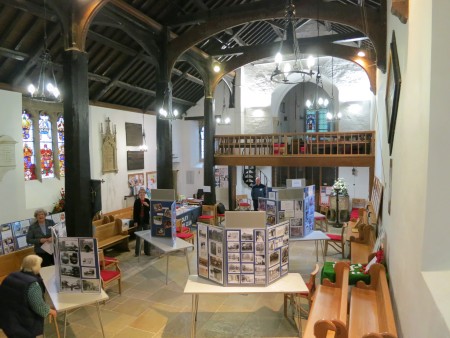
Topics covered by displays included:
- Parish boundary
- Origins and buildings
- Patrons of Radley Church
- Inside the Church
- Clergy who have served Radley Church
- The churchyard and cemeteries
- The life of the Church today
- Radley’s bells
- Radley Church Choir
A timeline from 600 to 2016, which compared events in Radley with linked events in the wider world, attracted particular interest.
The exhibition was opened on the Saturday morning by Revd Pam McKellen who was presented by Club chairman, Richard Dudding, with a copy of the book signed by all the authors. On both days Radley Church’s bell-ringing team rang a short peal before the exhibition opened.
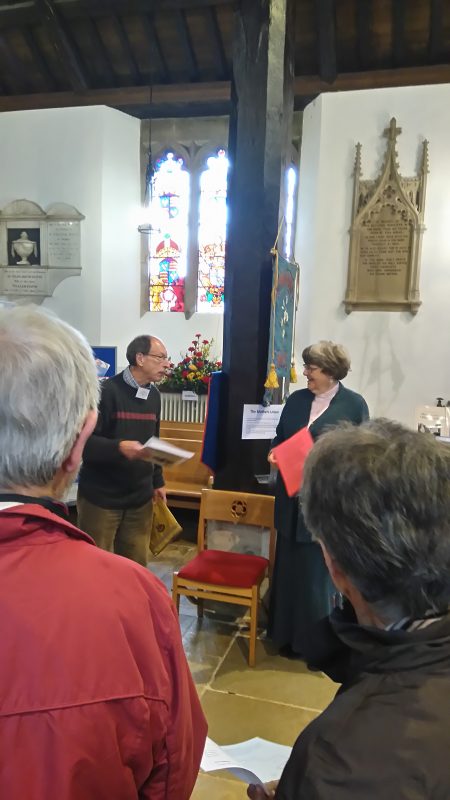
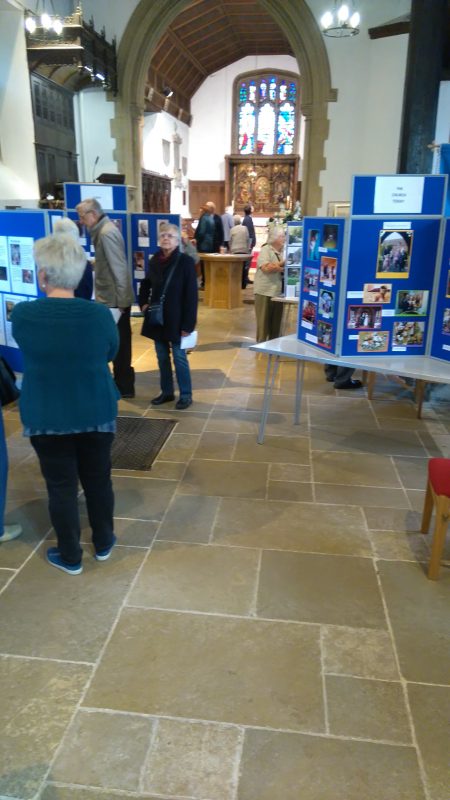
Floral arrangements around the Church illustrated key aspects of the life of a village church.
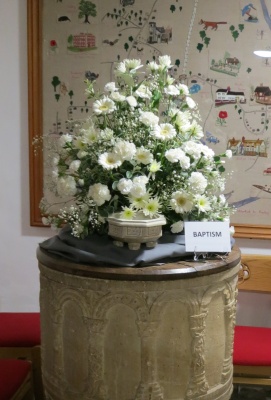
Baptism 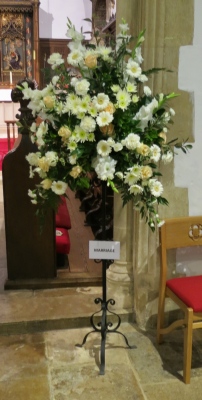
Marriage 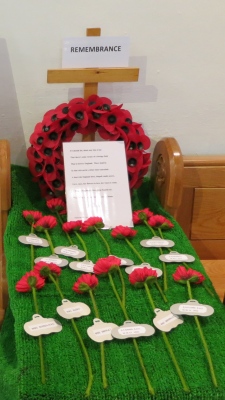
Rembrance 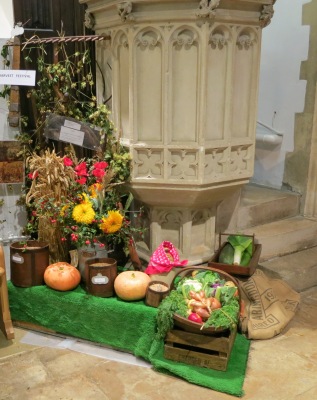
Harvest 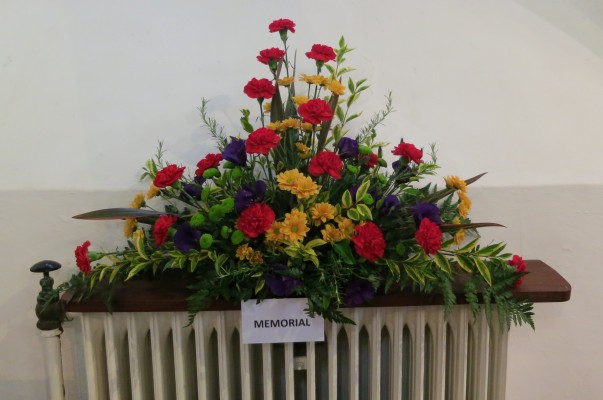
Memorial
Adding further colour were the Sunday School banner and banners dating back to the late 19th century belonging to the Mothers’ Union in Radley and the Girls’ Friendly Society.
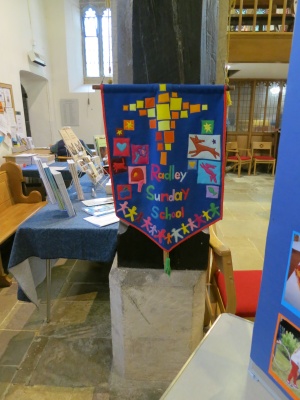
Sunday School 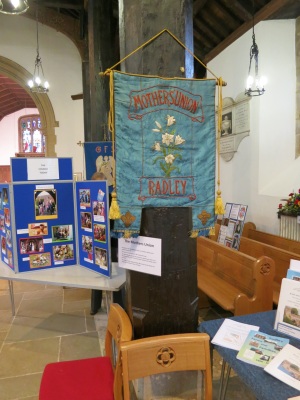
Mothers’ Union 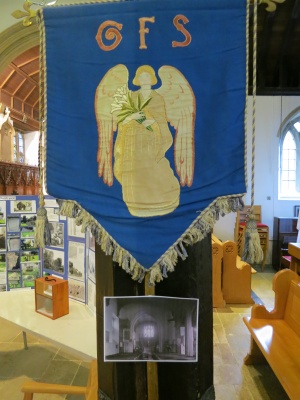
Girls’ Friendly Society
